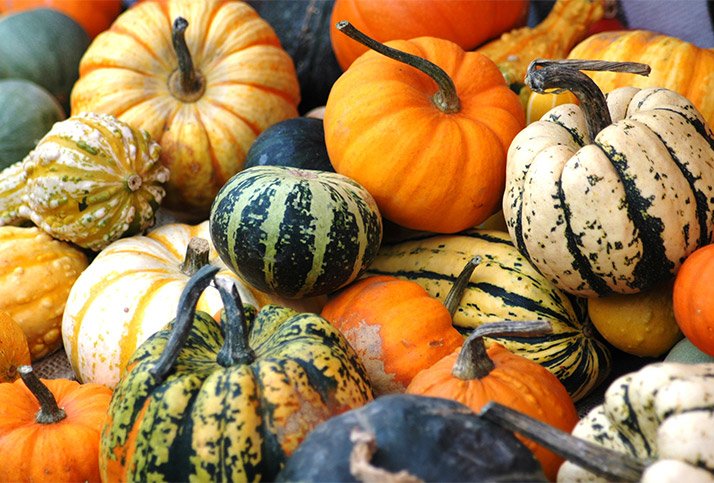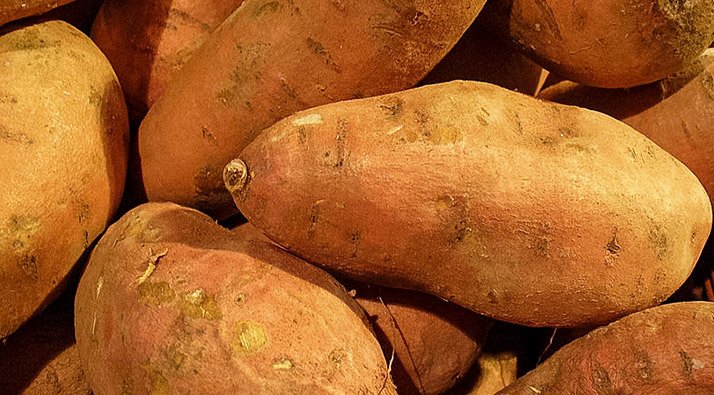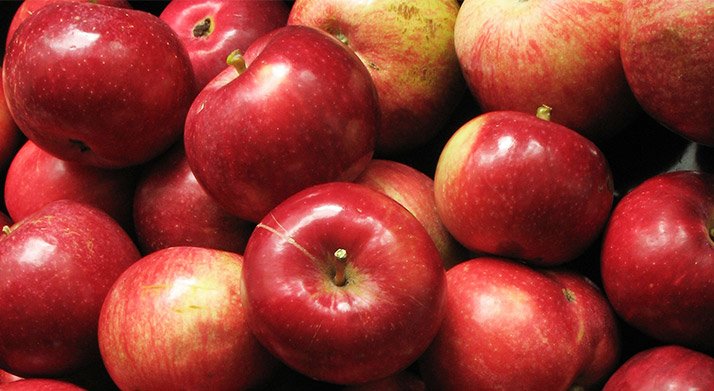
5 Fall Foods For A Healthier You!
Keep your body fueled with these 5 delicious fall foods. Each one is packed with flavor and a dazzling array of nutritional benefits!
A fundamental principle of my "grassroots gourmet" approach to healthy cooking is to get closer to the delicious essence of authentic food by reconnecting with nature. A simple and often economically beneficial way to do this is to take advantage of specific seasonal foods.
These five fall nutritional all-stars are guaranteed to please your palate and deliver a staggering number of health benefits. Eat up!
Winter Squash Anti-Inflammatory Power
Winter squash was an American fall favorite long before the pilgrims arrived. It's one of the best sources of carotenoids, including alpha-carotene, beta-carotene, lutein, zeaxanthin, and beta-cryptoxanthin. Why should you care? Carotenoids are a group of powerful antioxidants that possess anti-inflammatory properties.1 These super nutrients work to strengthen the immune system, reduce the risk of cardiovascular disease, and slow down the natural aging process.1,2
The fiber found in winter squash is an important food source for our gut microbiome—a symbiotic community of bacteria that is critical for maintaining our health. Additionally, certain starches found in winter squash may have anti-inflammatory and insulin-regulating properties.

The B-complex vitamins are critical for regulation of blood sugar levels, and winter squash provides a good amount of vitamins B-1, B-3, B-6, and pantothenic acid and folate, as well as vitamin C, manganese, and a small amount of the essential omega-3 fatty acid alpha-linolenic acid (ALA).
Good Eats: Try it in a curried butternut soup, or use the roasted squash as a taco filling!
Sweet Potato Antioxidant Powerhouse
Sweet potato is another great source of beta-carotene. True sweet potatoes (ipomoea batatas) should not be confused with yams (dioscorea batatas). The truth is, they're not even remotely related! In the United States, there are two main varieties of sweet potato—one with white flesh and one with orange flesh, although the orange sweet potato is often mislabeled as a yam.
Recent research has focused on the powerful antioxidant properties of compounds in sweet potatoes. Polyphenols, specifically, have been found to improve antioxidant status and decrease exercise-induced oxidative damage in healthy individuals.3
Also, the effects of fiber along with other compounds found in sweet potatoes can improve the body's ability to handle glucose. Despite their palate-pleasing sweetness, many people can benefit from the sweet potato's ability to help regulate blood sugar!
Good Eats: Try some baked sweet-potato fries with a bit of chili spice.

Green Beans Bone Strength
Green beans deserve much better treatment than being drowned in soup from a can and buried with unidentified fried objects! After all, they're a good source of minerals like manganese and silicon, which are essential for healthy bones, joints, and connective tissue. Green beans also contain antioxidant compounds like phenols and flavonols.
Good Eats: Try some lightly steamed green beans in a quick salad with sliced apple, lemon, basil, and toasted pine nuts.
Apple Heart Food
Few things are as emblematic of fall as the iconic apple, but to reap the rewards of this sweet little powerhouse, stick with the real thing!
Studies have shown that you cannot get the benefits associated with consuming the fruit in its whole form—including improved blood glucose levels—when you substitute it with apple sauce, apple juice, or even the pectins alone.
Through a holistic interaction involving fiber, pectins, and other phytocompounds found only in the whole fruit, eating apples may help to improve blood lipid levels and lower your risk for cardiovascular disease.4,5 As it turns out, an apple a day might actually keep the doctor away.
One study also found that when subjects ate an apple 15 minutes before a meal, they consumed significantly fewer calories.6
Good Eats: Try braising apples with onions, herbs, and spices for a tasty topping to any meat or poultry dish.

Pork Energy Booster
Although pork is available and delectable year-round, it has a historical role in the fall pantheon of gastronomic goodness. It's a complete protein that's relatively low in fat, as long as you stick to lean cuts. It supplies large amounts of the essential minerals phosphorus, selenium, zinc, iron, and magnesium.
Pork is a great source of B-complex vitamins like cobalamin (B-12), thiamin (B-1), niacin (B-3), riboflavin (B-2), and pantothenic acid (B-5). Thiamin is essential for proper carbohydrate metabolism as well as muscle and nervous-system health. Riboflavin works as an antioxidant and is essential in growth and red-cell production.
Pasture-raised swine also produces meat with a much more favorable omega-6 to omega-3 fatty acid ratio.
Good Eats: Try marinating in olive oil and garlic for an hour, then bake in the oven at 350 degrees F.
Choose Organic
When you're picking out foods for fall, it's important to pay attention to how they were harvested. Quality counts! Here are three reasons to buy organic or pastured products:
- Vibrant colors translate to nutritional density (not artificially dyed).
- Thin-skinned fruits are less likely to contain pesticides and herbicides.
- Pastured animals have more favorable fat types, concentrations and ratios.
References
- Ciccone, M. M., Cortese, F., Gesualdo, M., Carbonara, S., Zito, A., Ricci, G., ... & Riccioni, G. (2013). Dietary intake of carotenoids and their antioxidant and anti-inflammatory effects in cardiovascular care. Mediators of inflammation, 2013.
- Carranco, J. M., Calvo, C. M. L., & Romo, F. P. (2011). [Carotenoids and their antioxidant function: a review]. Archivos Latinoamericanos de Nutricion, 61(3), 233-241.
- Chang, W. H., Hu, S. P., Huang, Y. F., Yeh, T. S., & Liu, J. F. (2010). Effect of purple sweet potato leaves consumption on exercise-induced oxidative stress and IL-6 and HSP72 levels. Journal of Applied Physiology, 109(6), 1710-1715.
- Aprikian, O., Levrat-Verny, M. A., Besson, C., Busserolles, J., Rémésy, C., & Demigné, C. (2001). Apple favourably affects parameters of cholesterol metabolism and of anti-oxidative protection in cholesterol-fed rats. Food Chemistry, 75(4), 445-452.
- Sesso, H. D., Gaziano, J. M., Liu, S., & Buring, J. E. (2003). Flavonoid intake and the risk of cardiovascular disease in women. The American Journal of Clinical Nutrition, 77(6), 1400-1408.
- Flood-Obbagy, J. E., & Rolls, B. J. (2009). The effect of fruit in different forms on energy intake and satiety at a meal. Appetite, 52(2), 416-422.



